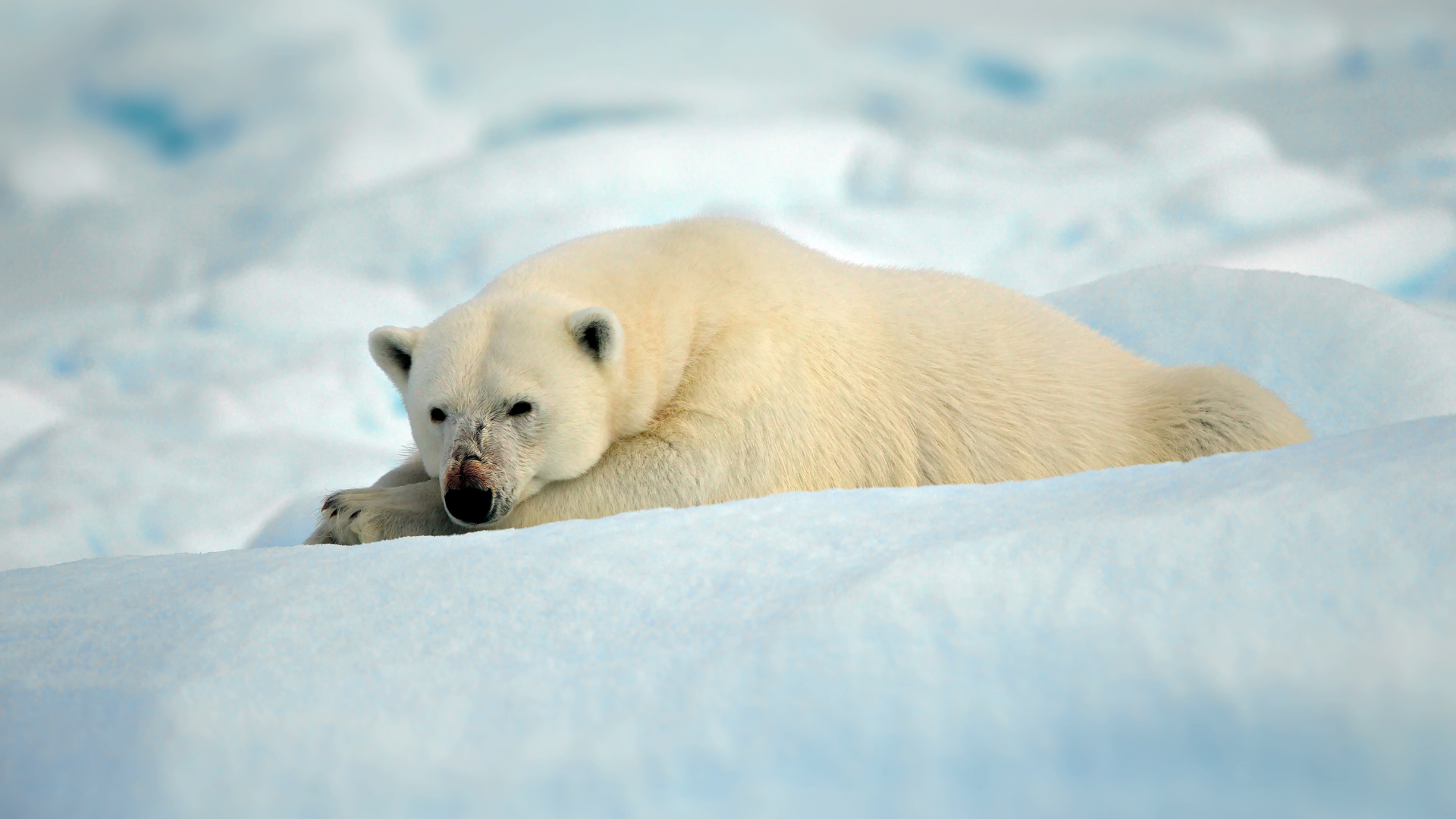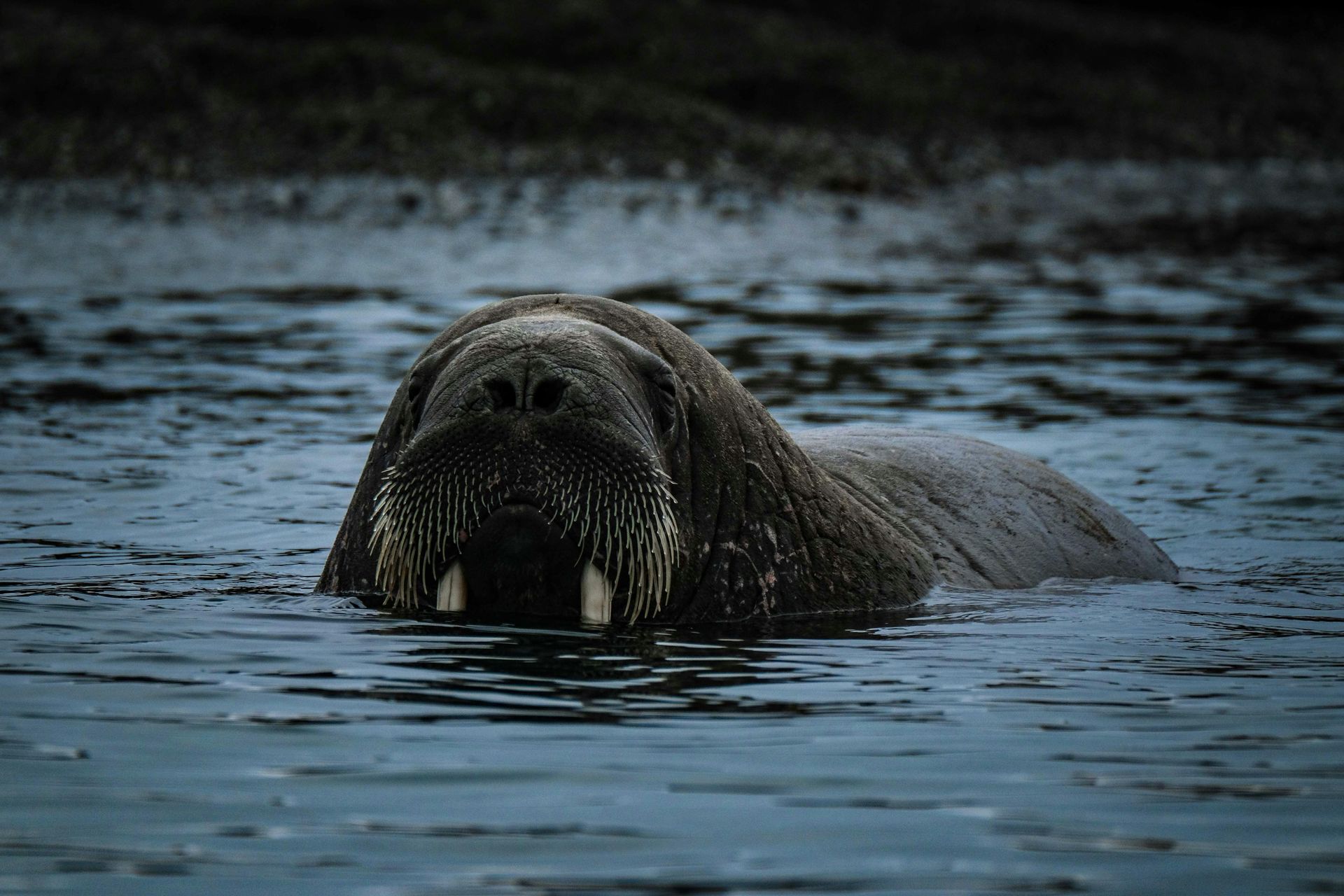Arctic Icons: Svalbard's Most Notable Wildlife Creatures
Arctic Icons: Svalbard's Most Notable Wildlife Creatures

Svalbard, a remote archipelago in the Arctic Ocean, is home to a diverse array of wildlife, each species uniquely adapted to survive in this harsh and unforgiving environment. The islands' isolation and extreme conditions have created a unique ecosystem, where iconic Arctic animals thrive. Understanding these remarkable creatures offers a deeper appreciation for the resilience and beauty of Svalbard's natural world.
The polar bear is perhaps the most iconic and awe-inspiring animal of Svalbard. As the largest land carnivore in the world, polar bears are perfectly adapted to their Arctic habitat. They have thick fur and a layer of blubber that insulates them from the cold, and their large paws act like snowshoes, distributing their weight to prevent them from breaking through the ice. Polar bears primarily hunt seals, relying on sea ice as a platform for stalking their prey. The sight of a polar bear in the wild is a highlight for many visitors, offering a glimpse into the life of these solitary and powerful predators.
Svalbard reindeer are a unique subspecies of reindeer, adapted to the Arctic environment with shorter legs and a stockier build compared to other reindeer species. Their thick fur provides insulation against the cold, and their hooves are adapted for digging through snow to reach vegetation. Unlike their migratory relatives, Svalbard reindeer are sedentary, staying within a relatively small range throughout the year. They can often be seen grazing in the valleys and along the coastlines, adding a pastoral element to the rugged landscape.
The Arctic fox is another notable inhabitant of Svalbard, known for its remarkable adaptability and resourcefulness. These small but hardy animals change their fur color with the seasons, white in winter to blend in with the snow and brown in summer to match the tundra. Arctic foxes are opportunistic feeders, eating a variety of foods including lemmings, birds, and carrion. Their playful and curious nature makes them a delight to observe, especially during the summer months when they are raising their kits.
Walruses are one of the most distinctive marine mammals in Svalbard, easily recognized by their long tusks and whiskered faces. These social animals are often seen lounging in large groups on ice floes or along the shores. Walruses use their tusks to haul themselves out of the water and to dig for clams on the ocean floor. Observing a group of walruses interacting and vocalizing is a unique experience that offers insights into their complex social behaviors and interactions.
Seals are a common sight in the waters around Svalbard, with several species making their home in the region. The ringed seal, bearded seal, and harp seal are the most frequently seen. These seals are well adapted to the cold Arctic waters, with thick blubber and dense fur providing insulation. They are an essential part of the Arctic food web, serving as prey for polar bears and other predators. Watching seals resting on the ice or swimming in the clear, cold waters is a serene and captivating experience.
Birdlife in Svalbard is particularly abundant during the summer months, when millions of seabirds come to breed. The little auk, Brünnich's guillemot, and black-legged kittiwake are among the most common species. These birds create bustling colonies along the cliffs and coastlines, where they take advantage of the rich feeding grounds in the surrounding waters. The Arctic tern, known for its long migratory journey from the Antarctic to the Arctic, is another notable bird that nests in Svalbard. Observing these bird colonies is a mesmerizing experience, with the constant activity and sounds creating a dynamic and vibrant scene.
Whales are another highlight of Svalbard's marine wildlife. The nutrient-rich waters around the archipelago attract several species of whales, including blue whales, humpback whales, and belugas. Whale watching tours offer thrilling opportunities to see these magnificent creatures up close. The sight of a whale breaching or spouting in the Arctic waters is a breathtaking and unforgettable moment for any wildlife enthusiast. These encounters also highlight the importance of preserving the marine environment to protect these majestic animals.
The Svalbard ptarmigan is the only bird species that remains in Svalbard throughout the winter. This hardy bird has several adaptations that enable it to survive the harsh conditions, including feathered feet that act like snowshoes and the ability to change its plumage color for camouflage. The ptarmigan's resilience and adaptability make it a fascinating example of Arctic wildlife. Watching these birds foraging and interacting in their natural habitat offers a deeper understanding of the challenges and triumphs of life in the Arctic.
Svalbard's wildlife is a testament to the remarkable adaptability and resilience of life in the Arctic. Each species, from the iconic polar bear to the resilient Arctic fox, plays a vital role in the delicate balance of this unique ecosystem. For wildlife enthusiasts and nature lovers, a visit to Svalbard provides unparalleled opportunities to observe and appreciate the incredible diversity and beauty of Arctic wildlife.











